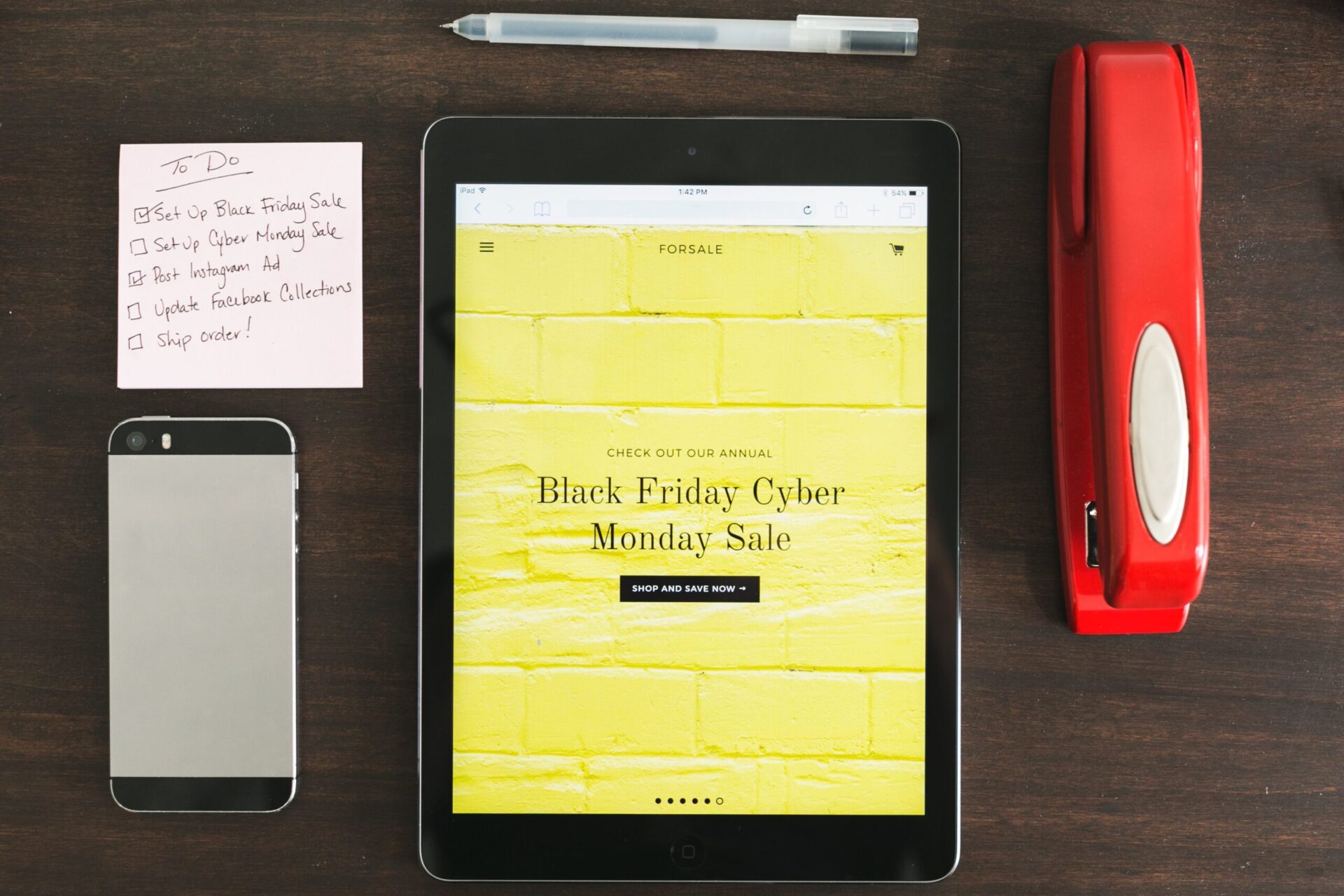In 2016, online spending topped in-store shopping for the first time ever. That trend continued in 2017, with Adobe Digital Insights reporting that 2017 holiday sales surpassed $91.7 billion, marking 11% YoY growth.
Peak season offers peak opportunities for experimentation programs. Increased traffic and conversion rates open the door for higher velocity, shorter durations, and lower minimum detectable lifts without compromising statistical significance.
If you haven’t already created your experimentation strategy, the time is now. But here are some essential factors to consider while creating your holiday testing game plan.
Maximize Your Holiday Window
Thanksgiving Day kicks off the peak holiday season, which continues through December 23. If you know your holiday window and website traffic patterns and expectations, you’ve got what it takes to take full advantage of this opportunity.
It can get complicated, but here’s a simple way to start:
- Define your holiday window. Consult past data to determine when traffic and conversion increases start and stop.
- Layer in the changes your organization is forecasting over last year. For example, one of our clients is expecting a five percent increase in traffic over last year’s holiday season. That intel is reflected in our traffic assumptions.
- Start your roadmap with the most valuable pages so that early wins can positively impact the rest of the holiday season. Create a punch list of pages with this in mind.
- Use traffic assumptions, desired statistical significance, and minimum detectable lift to determine the sample size and duration of tests.
- Continue this process to fill the window of time. Use these dates to mobilize your team, communicating key dates of test strategy kickoff, when tests will move into development, when they will launch and end and when results will be shared.
Communication is Critical
Since the holiday season represents a large portion of annual revenue, stress and emotions run high. As a result, it’s important to create your communication plan in advance. Determine who your stakeholders are, the optimal frequency of updates and what information needs to be shared. This isn’t the time for surprises or big reveals, so plan to devote a chunk of time to tell the story of your program and communicate its value.
The Weather Outside May Not Be the Only Freeze You’re Experiencing
Some organizations implement a freeze on development code updates and changes during the holiday season to avoid the risk of broken digital experiences or performance disruptions. Get acclimated with your company’s approach so you can have a plan for implementing winning test programs.
The ideal scenario is to push winners immediately into production. Based on years of experience with enterprise clients, Brooks Bell strongly advocates this approach so you can maximize the impact of that winning test.
If production updates aren’t on the table because of a code freeze, don’t immediately jump to the decision to push the winner to 100 percent through your testing tool. Though it sounds like the best way to manage through code freezes, it could cause delays and create an undesirable experience. Before you make the decision how to handle, get your organization’s development experts involved to help you evaluate the risks and rewards.
Holiday Shoppers are Different
Think about your own shopping behaviors during the holidays compared to the rest of the year.
When I’m shopping during the holidays, I find myself on a mission to knock out my shopping list. As the countdown clock ticks away in my brain (and often literally on websites), I have a very real and intense sense of urgency. For me, customer confidence indicators, obvious savings and a clear and easy path to checkout are the ticket.
During the rest of the year, shopping is more leisurely for me and allows time for more browsing and consideration. I may even visit a website a few times before making a purchase. I zoom in on product details. I read customer reviews. I have more time, and the only restrictions are my own.
I’m the same person but have a very different mindset. The same goes for your customers. Keep this in mind as you develop your holiday testing roadmap.
Here are four tips to help ensure your holiday experimentation wins continue to add business value:
- Keep it simple. As illustrated in my example above, successful holiday strategies are frequently based on a streamlined path to purchase, removing any friction and creating a sense of urgency and scarcity.
- Test your hypotheses again after the holiday season. Do these experiences still produce a conversion lift when the holiday rush isn’t in full effect? If not, it’s okay! It’s an important learning you can use to build your Holiday/Non-Holiday playbook to make each holiday season better than the last.
- Know your “Out of Stock” strategy. Regardless of what changes you make to your Product Detail page, nothing zaps excitement out of a customer experience faster than something being Out of Stock. Understand how your site handles Out of Stock messages, such as using red copy or suggesting alternate options. If it’s less than optimal, do some early testing to determine the most effective messaging. If your site includes a lot of Out of Stock product, it’s even more important to make sure it‘s been optimized.
- Document your findings. Carve out time to tell the story of your testing through the chaos of increased velocity. The data and insights will be helpful after the rush and can greatly influence your future program success. Be sure to look at new, returning and loyal segments, and evaluate the differences in their holiday and non-holiday shopping behaviors.
For more intel on how to make the most of the merry months ahead, download our white paper, “5 Testing Tips for the Holidays.”

Insights are key.
Recent Insights
Let's do
something epic.
At Blazer, we partner with ambitious brands and leaders that refuse to settle for less.
Get Our Updates
Blazer is the consulting firm that helps brands prove what drives customer value, and builds teams that deliver on it.
16 W. Martin St., 9th Floor, Raleigh, NC 27601
16 W. Martin St., 9th Floor, Raleigh, NC 27601






